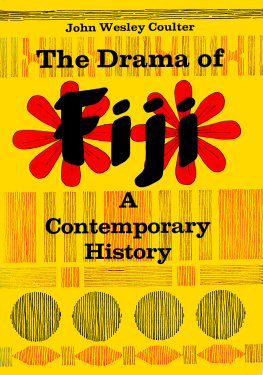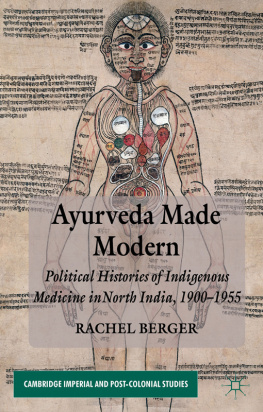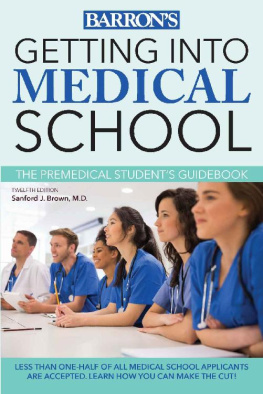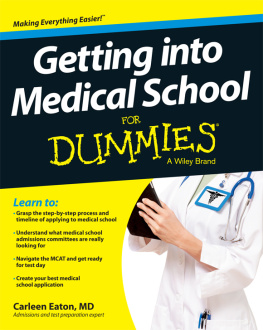Dedication
Catherine, ma compagne de 40 ans
Part II
CENTRAL MEDICAL SCHOOL
1928-1961
Part I
THE SUVA MEDICAL SCHOOL, 1885-1928
ABBREVIATIONS
AMO/AMP | Assistant Medical Officer/Practitioner |
ANU | Australian National University, Canberra |
AusAID | Australian aid, formerly AIDAB |
BDS | the dental degree |
CEO | Chief Executive Officer |
CMO | Chief Medical Officer |
CROP | Council of Regional Organisations of the Pacific |
CWM | Colonial War Memorial Hospital, Suva |
DALY | Disability-Adjusted Life Years (health outcomes) |
DDT | an insecticide |
DFL | Distance and Flexible Learning |
DSM | Diploma of Surgery and Medicine |
EBM | Evidence-Based Medicine |
ENT | Ear, Nose and Throat speciality |
FSMEA | Fiji School of Medicine Employees Association (union) |
FSMed | Fiji School of Medicine |
FSM | Federated States of Micronesia |
GNP/GNI | Gross National Product/Income of a nation |
HEO | Health Extension Officer (PNG) |
HRH | Human Resources for Heath (health manpower) |
MBBS | the medical degree |
MCQ | multiple choice questions |
MMed | Master of Medicine (like a specialist Fellowship) |
MoH | Ministry of Health |
MoU | Memorandum of Understanding |
NAB | arsenical injection for yaws |
NCD | Non-Communicable Diseases |
NHMRC/HRC | Australian/NZ national health research councils |
NMP | Native Medical Practitioner |
NSW | New South Wales, State of Australia |
NZ/NZAID | New Zealand / aid |
ODA | Overseas Development Assistance |
OSCE | Objective Structured Clinical Examination |
PBL | Problem-Based Learning |
PCP | Primary Care Practitioner |
PIM | Pacific Island Monthly magazine |
PNG | Papua New Guinea |
PHRC | Pacific Health Research Council |
SPC | Secretariat of the Pacific Community |
School | Refers to the medical school in Fiji, 1885-2010 |
TB | Tuberculosis |
UWA | University of Western Australia |
USP | University of the South Pacific |
UPNG | University of Papua New Guinea |
VC | Vice-Chancellor of a university |
WHO | World Health Organization |
Chapter 7
A Regional Medical School
Sylvester Lambert
In this chapter, we explore in more detail the role of Dr Lambert in establishing Central Medical School. He appears as a rather flamboyant American, who was sent to the South Pacific by the Rockefeller Foundation from 1919 to 1939. As discussed in the last chapter, his primary responsibility was with the International Health Board, attached to the hookworm project. Lambert was a colourful character, who became greatly attached to the peoples of the South Pacific, especially indigenous Fijians. In spite of being overweight, a heavy smoker and myopic, he endured considerable physical discomfort on his tours of many Pacific islands. He demonstrated profound concern for the health and welfare of islanders, and acquired from experience the skills in negotiating with a large philanthropic organisation like the Rockefeller Foundation as well as the British colonial administration, eventually establishing for himself a solid reputation. Although he had carried out many community health surveys of hookworm, yaws, and tuberculosis prevalence, his orientation was more to public health programmes than to research.
Lambert was born in New York State and attended Syracuse Medical School. During his third year of medical school, he made a trip to Mexico where he met his future wife Eloisa, the daughter of an American mining engineer and a Mexican mother. Following graduation, Lambert was admitted to the Costa Rican Medical Faculty and then spent four years in Mexico, including during the Mexican civil war in 1914 during which he had many adventures. These included excising a large tumour from the groin of a rebel Colonel, who absconded from hospital and subsequently died of peritonitis. Consequently, Lambert was thrown in jail and sentenced to execution. It was apparently only last minute American gunboat diplomacy by the Secretary of State, William Jennings Bryan which obtained his release. Bryan was of course more famous as an unsuccessful three-time presidential campaigner and anti-Darwinian in the Scopes trial in which he was an eloquent opponent of evolution.
Lambert arrived in Fiji in 1924, when there were about 22-24 British medical officers, with whom, incidentally, he was mostly very unimpressed. Indeed, he was very critical of the average white colonial doctor in his 1926 Memorandum to the Rockefeller. Annie Stuart is a Pacific historian who has examined in detail the primary sources of the exploits of Lambert and the Rockefeller Foundation in the Pacific in a PhD thesis for Canterbury University, on which I have relied greatly for this chapter, along with library archives at the School. From Lamberts correspondence, Stuart cites the following statement of his views about expatriate medical officers in the Pacific:
He comes out to the islands, often with no knowledge of tropical medicine, frequently an alcoholic, usually a medical cripple of some sort... He does what he chooses. Often at the start he wants to learn his work and do his best for the native but he is handicapped by lack of knowledge of the languages and customs and his best efforts for something better are apt to be opposed by his lay superior, who is sure from his experience (and lack of knowledge) that such efforts are useless. The result is that good men get out and the others resign themselves, each year more easily, to letting things take their course. (p130)
Thus, European doctors cost too much, were unfamiliar with the culture and found working conditions too hard, often resorting to drink. The obvious solution was to train native doctors, but native educational standards were too low for a Western-style medical school, and it was believed that trying to make them into Western doctors would also make them unwilling to work in the remote settings where they were needed.
Even before arriving in Fiji in 1922, Lambert had formed a favourable opinion of Native Medical Practitioners (NMPs) during his hookworm projects on other islands. In his initial projects in Queensland and Papua, he had relied on European assistants, but in Fiji he was given two NMPs as assistants and found that they could not only carry out his medical instructions accurately, but could also communicate with the Fijian patients to explain exactly what was required of them. When Lambert continued his project in Tonga and Samoa, he requested permission for a NMP to accompany him. He was particularly impressed by the recent graduate, Malakai Veisamasama.
Next page






